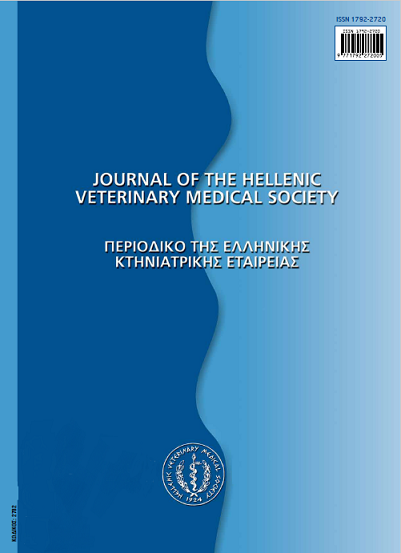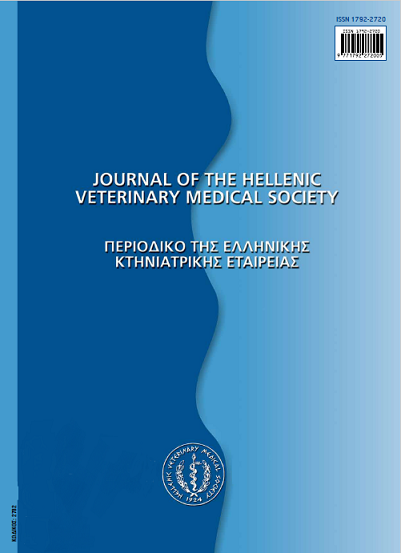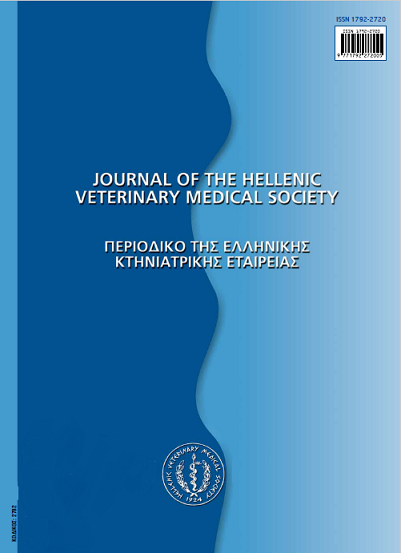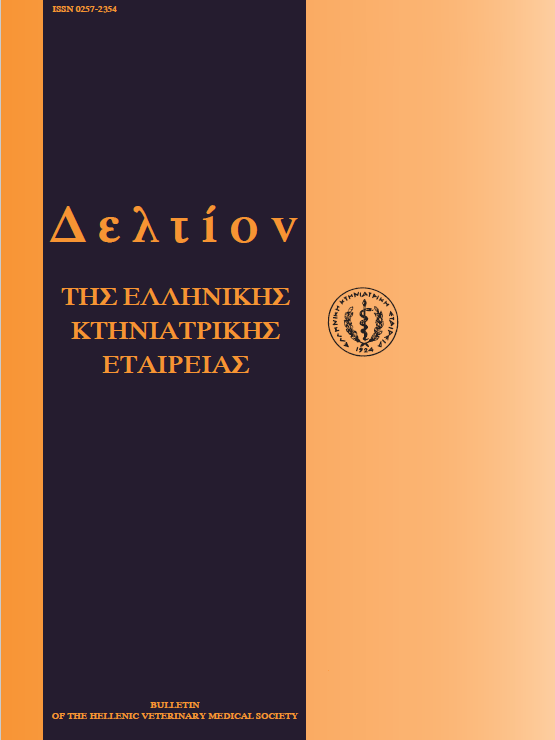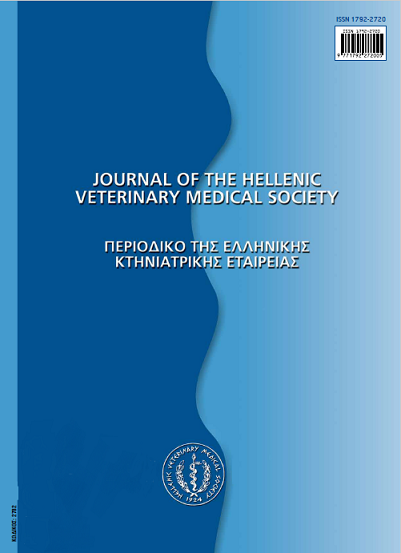Carobs in productive animal nutrition
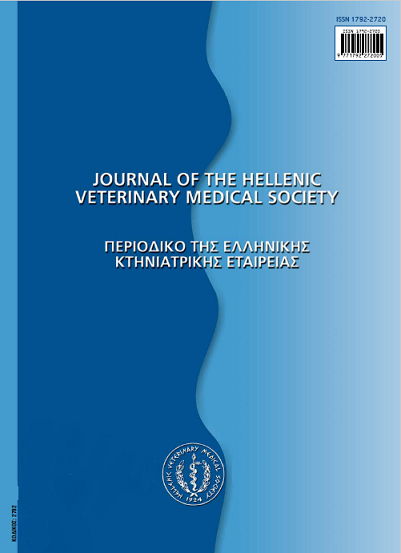
Abstract
The carob tree belongs to the nutrient plants and it is known since antiquity as a native plant of Greece. Its scientific name Ceratonia siliqua, originates from the Greek word "keraton" which means "horn", and which indicates the shape of its fruit. The carob tree is an evergreen, long-lived, polygamous, monoecious or dioecious. It is easily cultivated and thrives in all types of soil, except the humid and non-affluent. The wood, the bark and the leaves of carob have different uses. The fruit of the carob tree, the carob, is a lobe and it is 10-30 cm long and 2-3 cm wide with a brown and leathery exocarp and a fleshy and juicy mesocarp, in which 8 to 16 oval, flattened, hard and shiny reddish seeds are enclosed. The collection of the fruits must be finished before the winter rains. The fruits fall from the tree by themselves or by caning. A 6 years old carob tree can produce 2.25 kg carobs, while a 12 years old tree can produce 45 kg or more. The annual Greek carob production for the year 2005 was 14,816 tons, while the average yield was 9.8 kg/tree. The world carob production is about 315,000 tons/year. The carobs have low total fat and crude protein content, but high sugar content. The carobs' characteristic odor is due to their isobutyric acid content (1.3%). Furthermore, they include an unusually large amount of tannins, 16-20% of which are polyphenols and 27-50% of which are bound with cellulose. The tannins are a complex group of secondary metabolites of plants and are separated from other polyphenol compounds due to their ability to create sediment with proteins. The presence of tannin in feed reduces the nutrients' digestibility and has a negative effect on body weight gain. However, tannins can also have positive effects depending on their biological potency, because they have the ability to prevent bacterial, fungal and yeast growth. Carobs and their by-products have a considerable fibre content (average 8%) and therefore they can be included in supplementary ruminant rations up to 20% - 30%. Experiments carried out by adding carobs in broiler feeds resulted in decreased body weight gain and increased feed conversion ratio, probably because of the high cellulose and tannin content of the carob. Nevertheless, if the broiler's ration is enriched with fats or oils and synthetic amino acids, these birds show normal weight gain, but with a high feed conversion ratio. The carobs can be included up to 10% - 20% in the ration of pigs. Also, since the carobs have high sugar content, they can increase the feed consumption of the piglets and they can replace other sugar feeds with high sugar content (dextrose, starch, milk powder) without adversely affecting the feed intake. Greece produces a considerable quantity of carobs every year, therefore a part of this production could be utilized as animal feed
Article Details
- How to Cite
-
KOTROTSIOS (Ν. ΚΟΤΡΩΤΣΙΟΣ) N., CHRISTAKI (Ε. ΧΡΗΣΤΑΚΗ) E., BONOS (Ε. ΜΠΟΝΟΣ) E., & FLOROU-PANERI (Π. ΦΛΩΡΟΥ-ΠΑΝΕΡΗ) P. (2017). Carobs in productive animal nutrition. Journal of the Hellenic Veterinary Medical Society, 62(1), 48–57. https://doi.org/10.12681/jhvms.14835
- Issue
- Vol. 62 No. 1 (2011)
- Section
- Review Articles
Authors who publish with this journal agree to the following terms:
· Authors retain copyright and grant the journal right of first publication with the work simultaneously licensed under a Creative Commons Attribution Non-Commercial License that allows others to share the work with an acknowledgement of the work's authorship and initial publication in this journal.
· Authors are able to enter into separate, additional contractual arrangements for the non-exclusive distribution of the journal's published version of the work (e.g. post it to an institutional repository or publish it in a book), with an acknowledgement of its initial publication in this journal.
· Authors are permitted and encouraged to post their work online (preferably in institutional repositories or on their website) prior to and during the submission process, as it can lead to productive exchanges, as well as earlier and greater citation of published work.



